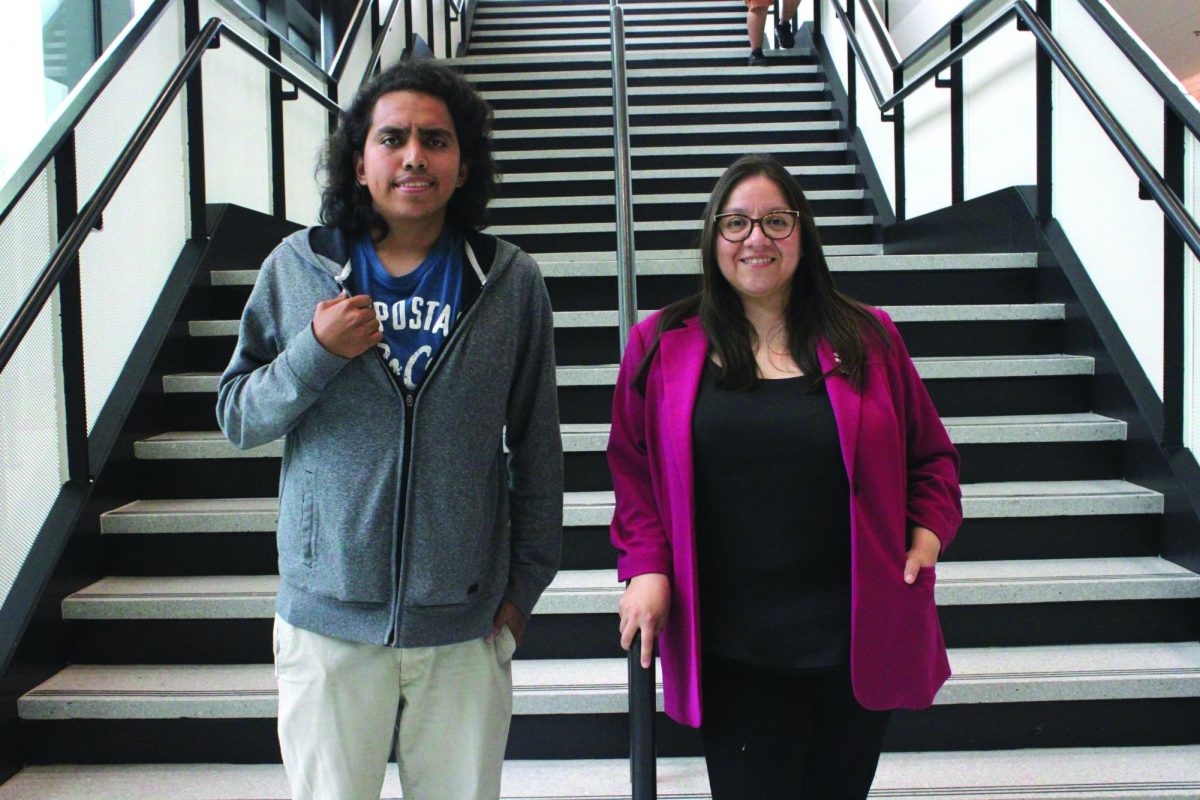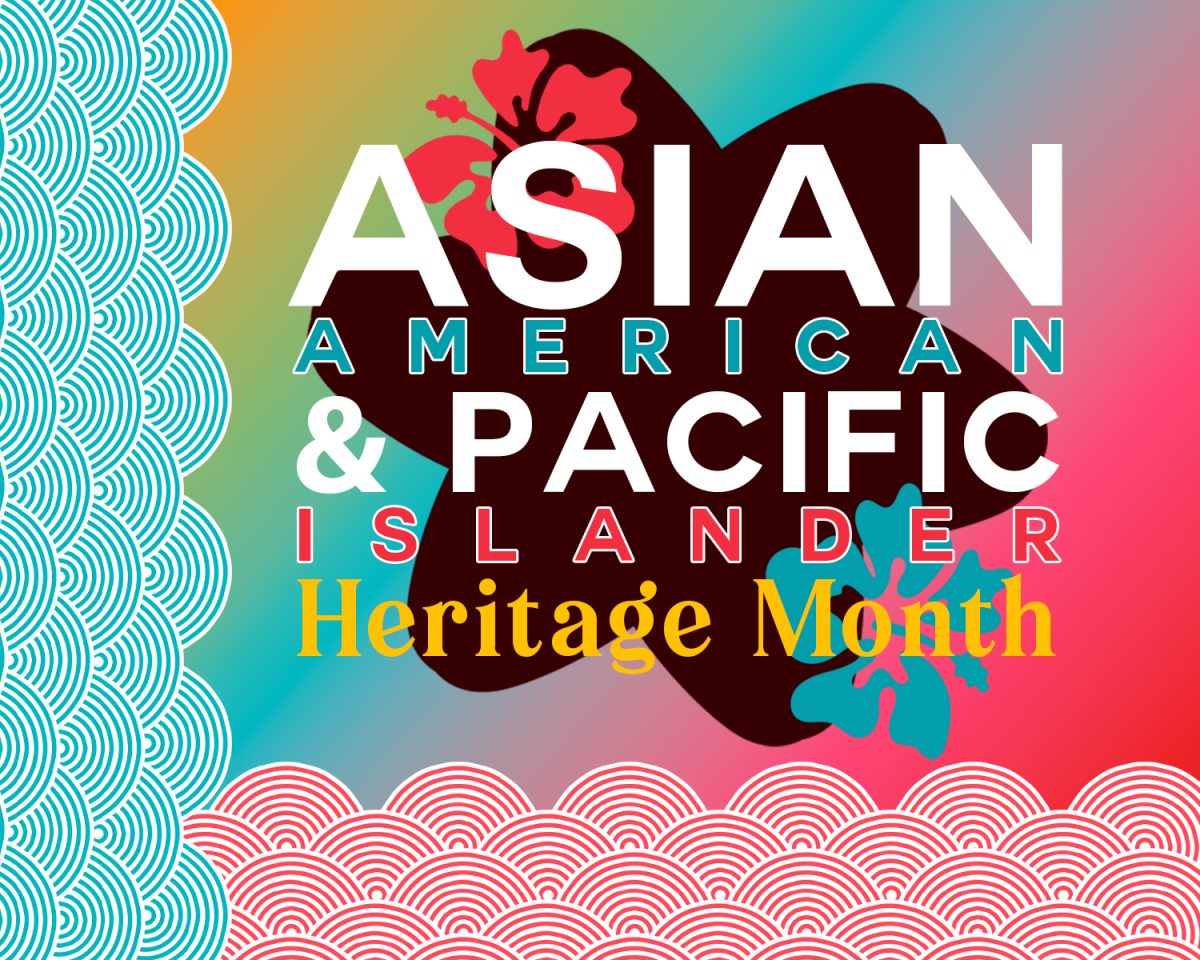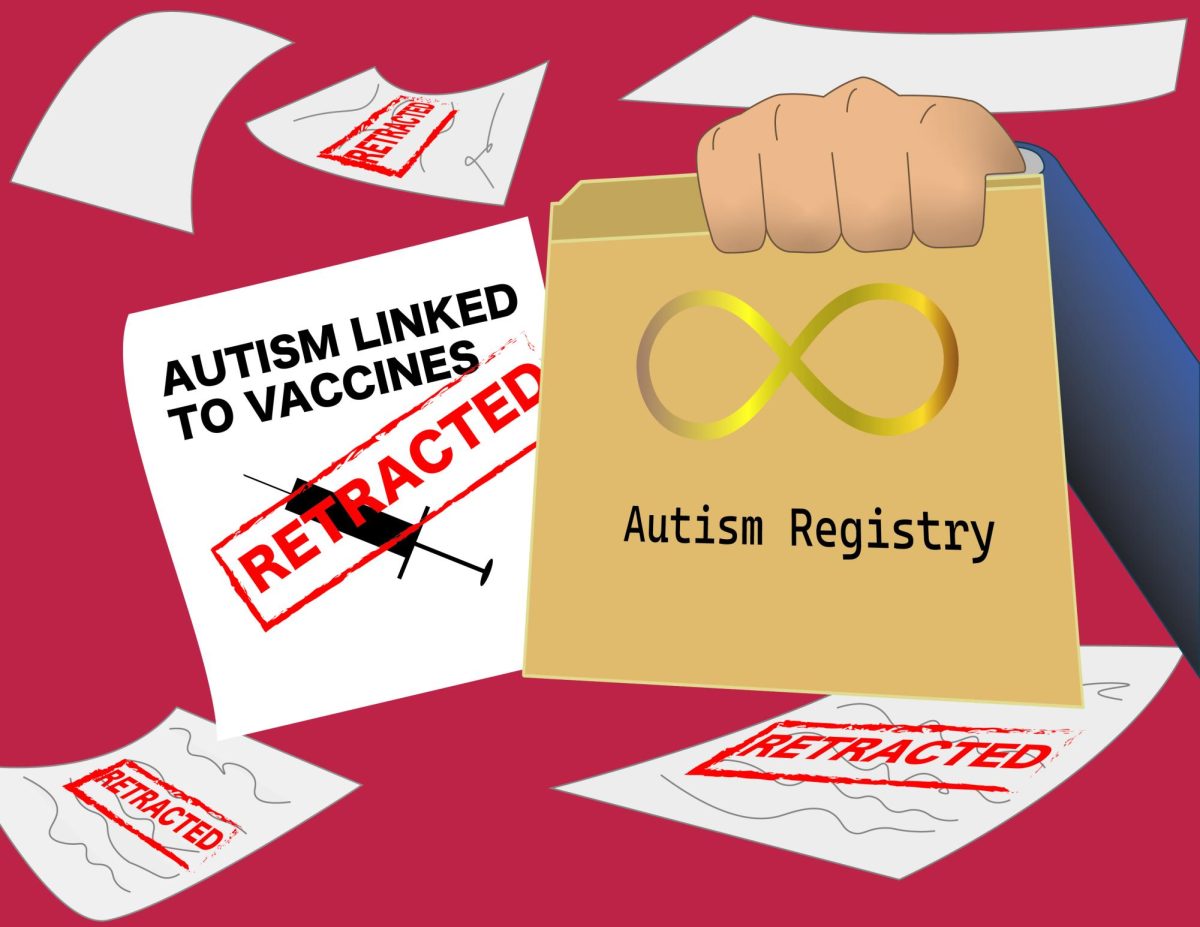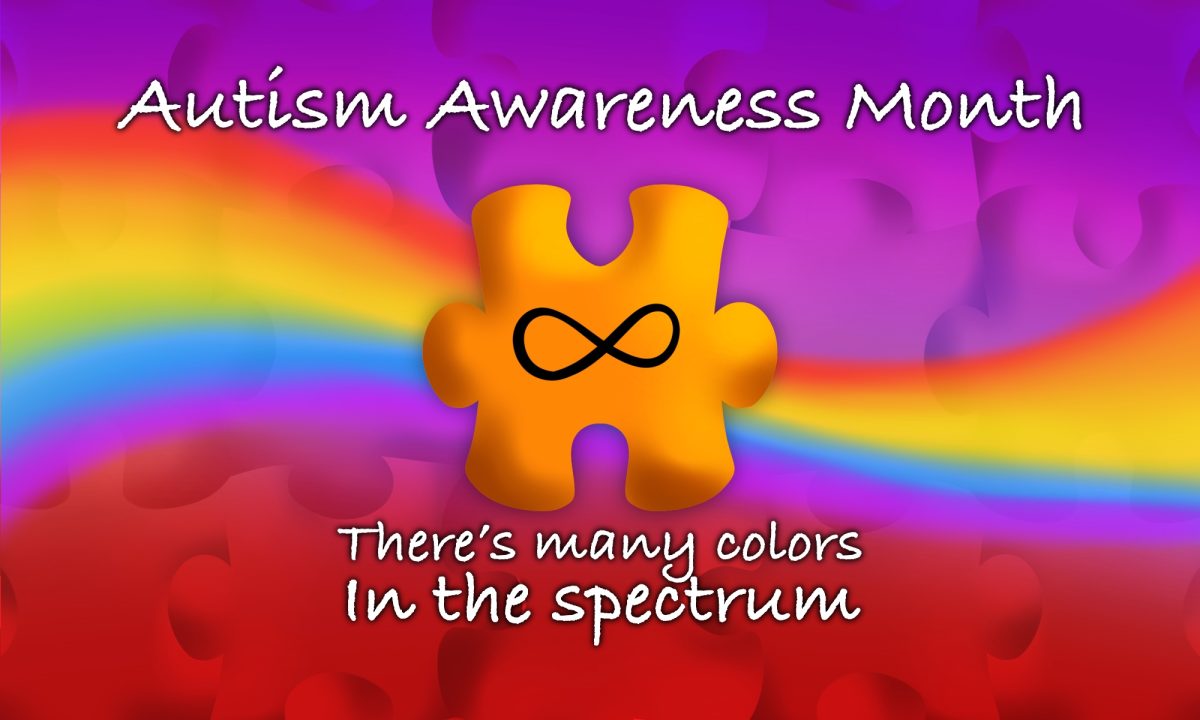
By DAVID SILVA
@DavidSilvaETC
It’s the first week of the fall semester, and history professor Mike Noble’s lecture for the day for his Western Civilization II course revolves around false narratives.
The topic entails the Nazi propaganda machine during the Third Reich, the gospel of the Nazi revolution that swept Germany in the 1930s.
The anti-immigrant and minority rhetoric, the presence of a leader that defines himself as an outsider and a major force of change, and the promise of past prominence were all staples during this time.
This particular course has an emphasis on Nazi Germany and the Holocaust, touching extensively on the methods behind the rise of Adolf Hitler.
As of late, Noble has had some of these topics bleed over to a number of his other classes.
Rallies in Boston and Charlottesville, Virginia, that brought out crowds of Neo-Nazis, members of the KKK and other white supremacist groups to protest the removal of confederate monuments and to “take back the country” have made the topic unavoidable for Noble.
On Aug. 11, protestors in Charlottesville presented themselves with rifles, Confederate and Nazi flags, anti-Semitic, anti-Muslim and pro-Trump signs and shirts. They chanted the piercing “Jews will not replace us” that has been replayed again and again.
“I don’t think we’ve seen such open hatred in this country,” Noble said.
It’s an avoidable topic, he said, because this public display of hatred seems to be growing increasingly, and these rallies and sentiments parallel that of a regime that he knows far too well.
The political polarity, the growing unease of a changing world and the rhetoric displayed by the country’s leadership reveals that the ideals of hatred and white supremacy may not be fringe.
“This country has been divided in the past, but this is different,” Noble said. “Hate is not gonna go away. It’s just become easier to hate than ever before.”
How and why: The illusion of a post-racial America
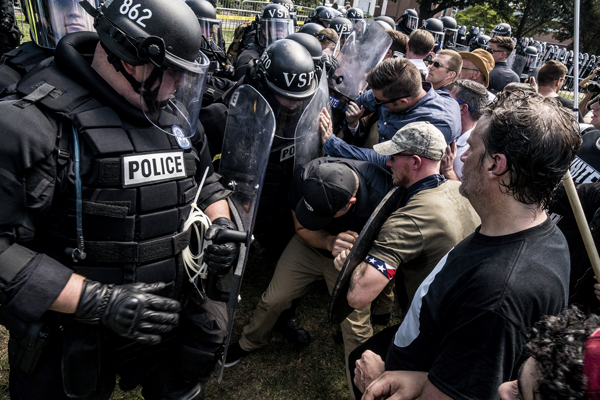
Tensions in America due to racial, religious, ethnic and ideological differences have been a part of the America story since its creation. The United States was built on the ideals of liberty and individual freedom while benefiting from a workforce that was considered property.
The nation ultimately clashed with its own contrary existence, and since the Civil War has struggled with African-American liberation as well as accepting various influxes of immigrants from around the world.
In 2008, the election of Barack Obama created a perception that as a country, the U.S. had reached a more tolerant society, perhaps even a post-racial one.
According to English professor Shazia Ali, those who viewed Obama’s election as an end-all victory needed to exam ine the country further.
“Electing someone at the presidential level does not change the fact that you have an environment, you have a system, that is so ingrained and is not going to shift and suddenly become this wonderful, tolerant society,” she said. “What happened in 2008 is that we fell under the illusion.”
That illusion was snapped following the election of Donald Trump, but tensions were always there below the surface, she said.
Obama’s first term in office saw a sharp rise in hate groups throughout the United States. According to the Southern Poverty Law Center, a legal advocacy organization that tracks hate groups nationwide, in 2008 there were 888 hate groups active in the U.S., by 2012 there were 1,007.
The legalization of gay marriage, increasing immigration and an ever-expanding digital world all coincided with Obama’s presidency. During this time, the Black Lives Matter movement was also born.
[READ MORE: PRESIDENT TRUMP ENDS DACA PROGRAM, RECIPIENTS AWAIT POSSIBLE LEGISLATION]
The movement, which originated following the acquittal of George Zimmerman for the fatal shooting of 17-year-old Trayvon Martin, was quickly criticized for its confrontational tactics and for the civil unrest that has occurred during many of their protests.
Riots following protests against the police shooting of of Oscar Grant in Oakland, California, and Michael Brown in Ferguson, Missouri, and the police custody death of Freddie Gray in Baltimore, Maryland, only furthered the unease.
According to a 2016 Pew Research study, 65 percent of black Americans support Black Lives Matter while 40 percent of white Americans say they support it.
The riots that occurred during the group’s protests have associated the movement with violence and the July 7 killing of police officers in Dallas by a black lone shooter has been marked as a pinnacle of that violence by some of their harshest opponents.
Commentators on Fox News have called it a “murder movement,” have accused it of inciting violence against law enforcement and have called for it to be considered a hate group.
President Obama’s association with the movement due to his comments on Trayvon Martin’s death, in which he said Martin could have been his son or could have been him, put the already mistrusted president in alliance with a controversial movement that some Americans perceived as being anti-cop and undermining law and order.
Noble suggests that resentment in upper and middle class America towards the former president, and the government as a whole, was also associated to one key issue: affirmative action.
“A lot of middle class whites feel that African-Americans and other minorities have an advantage over them when it comes to going to college or getting jobs,” he said. “They think that advantage is affirmative action.”
According to Noble, the president and his policies were perceived as aiming to systematically discriminate and disadvantage whites.
“They see Obama as he wanted to come to office and destroy white culture,” he said.
This includes the 32 percent of white Americans who believe that Obama made race relations worse, according to Pew.
“If your whole life there’s this idea that, ‘well you’re white so you should have X, Y and Z,’ and you don’t have that and everything in the culture is enforcing that this is appropriate, this is normal, you would feel pretty bad if you look around and see people who are supposed to be behind you in line,” sociology professor India Stewart said. “Things are changing very, very quickly and for some people that’s probably pretty scary.”
The case for hate speech
Some disenfranchised Americans with their place in the country seemingly in jeopardy find it easier to blame minorities, according to Stewart. However, this may not initially lead to commitment of white supremacist ideals.
The modern course of white supremacy required an extra element that has led to its rapid invigoration.
Initially fringe hate groups with white supremacist ideals have found resurgence through the use of the internet and social media to share ideas.
A 2016 study by George Washington University determined that Twitter accounts linked to white supremacist ideals increased by 600 percent in 2012 and outperform ISIS accounts by every measure. They are used to not only spread their opinions, but to also present misinformation as truth.
In a polarized political landscape, it becomes easier to accept information, whether or not factual, that reinforces opinions.
According to Pew, rural and urban Americans have starkly different views on many key issues, and both are growing increasingly partisan in regards to immigration, gun control, healthcare and race relations, according to the research.
“We live so differently,” Noble said. “We hold different things in value and these values have become so sacred that we’re unwilling to compromise. We’ve gone to the point where we’re not willing to listen to the other side. It’s either you agree with me or your wrong.”
The ability to share ideas without the consequence of identification has found popularity with online platforms such as The Daily Stormer and Stormfront, neo-Nazi and white supremacist news sources and forums.
Fake news stories, spread throughout the political spectrum, are shared and made talking points on these sites, gaining traction on message and image board sites like 4chan. From there they reach mainstream fake news platforms such as InfoWars.com and ultra-conservative news outlets such as Breitbart, then reach Facebook and Twitter newsfeeds.
The internet also provides an avenue for hate groups to organize in mass.
The Charlottesville and many other “Unite the Right” rallies were organized through Facebook.
The organization of white supremacist groups, the spread of misinformation and the use of what may be considered hate speech is a difficult task to monitor or shut off. According to Noble, governmental monitoring of hate speech and fake news can lead to the limiting of free speech and a free press.
“Once we get to the point that we’re dictating what we consider appropriate news and what isn’t, then we’re in North Korean state-sponsored television,” he said.
The monitoring of hate speech brings up a topic of conversation that would require the way the country looks at the First Amendment.
Undecided major Juan Carrizales believes that campuses should ban “any groups that promote hate or discrimination.”
He believes that a limitation to their hateful voices is necessary “because it is something we shouldn’t be leaning toward.”
Business major Tekeyun Moore thinks differently.
“When it comes to a college campus, it’s open to anything,” he said.
Moore believes that there should be no restrictions on groups from speaking or gathering on a campus.
“I feel like there should really be none, unless it harms students,” he said.
Speech professor NickVera agrees that the views of those in Charlottesville must be protected despite their content.
“Even though their views are hateful, the opposite of peaceful, they still have the right to get out and demonstrate, just like anyone,” he said
On many sides: The Trump microphone
When Donald Trump announced his candidacy for president, Ladbrokes offered 150 to 1 odds that he would win.
The idea of him in the presidential candidacy was a punch line for late-night TV hosts. Establishment politicians groaned at the idea of sharing the stage with a reality TV star, and his first press conference was met with criticism for his representation of undocumented immigrants.
Those comments were splattered all over the news networks as people asked for every politician and pundit to comment.
For all its news cycle replays, what wasn’t realized was that the rhetoric he used had instantly struck a chord with that frustrated part of the country. He had also struck a chord with holders of white supremacist views.
Following a presidency filled with the perceived marginalization of white Americans and political correctness, there was now a man who spoke how a group of Americans had felt for so long.
The feeding into these resentments, as Noble put it, and his brash style championed Trump into high office.
“A lot of Trump’s voters and supporters feel like white people are the ones getting the shaft now and being treated with second class citizenship,” Noble said. “And Trump, of course, is feeding that. What do you think ‘Make America Great Again’ means? It means make America white, male-dominated again. Get rid of affirmative action. Get rid of political correctness.”
Trump’s election victory only strengthened the ideas that it was acceptable to openly display views of frustration, even if those displays materialized into hateful actions.
Reports of swastikas around schools, racist vandalism on black celebrity homes and incidents of violence, including the stabbing of two men in Portland, Oregon, who tried to stop a white supremacist tirade, have all occurred since Election Day.
In the first month after the election, 1,094 incidents motivated by hate or bias were counted by the SPLC.
“Trump had inspired these groups to become more bold,” Philosophy professor Kristina Rioux said. “Part of that inspiration is the ways the he talked about race and immigration.”
Following the death of Charlottesville counter-protester Heather D. Heyer when a man associated with neo-Nazi groups rammed his car into a crowd, Donald Trump was hesitant to denounce white supremacists outright.
He avoided the specific mention of these groups in his initial comments, denounced neo-Nazi, KKK and white supremacist groups in his second comments and blaming “both sides” for violence. .
As a magnifying voice for the ideologies of these movements, his reaction to the incidents in Charlottesville was not particularly surprising, Noble said.
“I don’t think that he wants to mess with part of his base, the people that support him dearly,” he said. “Donald Trump is a man who feeds on self-adulation and people fawning over him”
Students have voiced their disagreement with Trump’s comments.
“He wants to make things seem not that bad, as if it’s not a problem or anything.” dentistry major Sarah, who only gave her first name, said. “He thinks everything is just fine and keeps promoting violence against each other.”
Engineering major Steven, who only gave his first name, said that Trump’s comments make it difficult for the president to disassociate himself with these groups in the future.
“White supremacists are a very erratic group of individuals and that kind of power over people should be shot down, not encouraged,” he said. “But Trump did not. He could have shot them down and reduced conflict.”
Nazis of old and the divided right
Noble said the largest indication that these groups may be gaining more legitimacy are the increase involvement of upper and middle class Americans joining or sympathizing with white supremacist ideals.
“We’re starting to see younger, more college-educated and people from middle- and upper-class backgrounds not necessarily joining the Klan, not necessarily joining the Nazis, but harboring their beliefs and embracing them,” he said. “We’re starting to see some sophisticated people, and that’s what’s scary.”
The Nazis, KKK, white supremacists and alt-right groups and the president’s comments on Charlottesville have ultimately done the opposite of “unite the right,” Noble points out.
“You’re already seeing that Republicans are calling him out and saying he’s wrong for this,” he said.
Voters throughout the country who voted for Trump but oppose these white supremacist views have been turned off or have more reservations in their support for him following his comments on Charlottesville.
“Before his comments on Charlottesville about him saying that white supremacists were good people, before that I didn’t find his rhetoric harsh,” Chemistry major Nicholas Singleton said. “I say now it is a problem. His rhetoric is encouraging them.”
Noble points out that these seemingly right-leaning ideals run contrary to true conservative philosophy, a fact that these hate groups have come to embrace.
“They don’t see themselves as normal conservatives,” he said. “They see themselves as super conservatives.”
This has had a ripple effect through the government, Noble said. Elected officials around the country have specifically spoken out against white supremacist ideology, something that Noble said needed to be done.
Noble also said that although many on the right have stepped up and disavowed the Charlottesville violence and Trump’s hesitation to disavow it, there’s a base of political players that remain loyal to Trump and seemingly to these white supremacist ideals.
“This is where we see a splintering of parties,” Stewart said. “We might be in uncharted waters politically, some of the old rules don’t work anymore.”
This, they claim, could lead to a political landscape with elected officials that may sympathize with Trump’s rhetoric.
“In this 2018 election … Trump is gonna endorse a lot of challengers to [Republican] incumbents as part of his ‘drain the swamp’ motif,” Noble said.
Stewart said that, despite how fringe these groups have looked in the recent past, Americans are vulnerable to normalizing their seemingly radical ideas.
“We’d like to think that we are so much more rational and enlightened than we actually are and that we’re not gonna go for the demagogue who yells the loudest or the person who’s got the biggest personality,” she said. “But I wonder how true that in fact is.”
History professor Liz Nichols warns that the parallels between the Nazis of Germany and the groups of today must not be overlooked.
“Hitler, Nazism it rose up in a democratic society,” Nichols said. “Hitler was elected legally.”
Noble echoes that caution. He stated that the mainstreaming of hateful sentiments, or as the Nazis called it “the revolution of the soul,” is what puts the country in a risky position.
“The Nazis were elected,” he said. “They didn’t seize power. They were given power.”
The wrong response

Counter-protests to white supremacist or far-right events that decend to violence demean the protection of free speech, according to Vera.
“Walking down the street with a Nazi flag waving, I think a person should have a complete right to do that,” he said. “If you walk up and punch that person in the face, then you’re the criminal.”
Groups like Anti-facists, or Antifa, have been at the center of various protests that have turned violent in Philadelphia and Chicago and were present in the midst of altercations in Charlottesville.
Protests associated with or organized by Antifa to oppose right-leaning events have shut down speaking events like far-right personality Milo Yiannopoulos and conservative Ann Coulter in Berkley, California.
Singleton, who expressed reservations on Trump’s Charlottesville comments, said that when you have groups that hate against a particular group of people and you incite or promote violence against these groups, such as violence against police officers or violence against whites he said occurs through Black Lives Matter and Antifa, then that group is an equal threat to the country as white supremacist groups.
“You’re not getting anywhere by having violent protests, where they attack random people on the streets when protesting,” Singleton said. “The African-American male who shot down police officers was a supporter of Black Lives Matter. We also have Dylann Roof on the other side who was a white supremacist and went to a predominantly black church and killed innocent people. Both the actions of white supremacists, Black Lives Matter and Antifa have lead to the death of innocent people.”
Stewart said that extremism on both sides of the political aisle could push Americans into choosing a side and create a new political and social normal.
“As you get louder and louder voices on either extreme side you get pushed,” she said. “So what is normal or what is considered normal gets pushed even further to the extreme.”
[READ MORE: SWORDS, GUNS AND BALLOTS: NEW STATE LAWS GO INTO EFFECT SEPT. 1]
‘Good people have to stand up’
Stewart said that despite being in uncharted political waters, everyone has the ability to counter hate.
“The society is a huge thing,” she said. “But it’s made up of individuals. So even within this big structure we have the ability to make choices.”
Stewart said that continuously making the right choices and promoting the right choices to other individuals is the only way to change the country’s social climate.
“I just wish people realized how much power they have on an individual level. If you don’t like the way things are going, do something,” she said.
Rioux said that it’s important for students and the community to feel a sense of responsibility.
“Denouncing such activities shouldn’t be something that we’re squeamish about,” she said. “We all carry that responsibility when we see such major moral transgressions that we’re able to speak up and condemn it.”
Noble, having taught the Nazi Germany course for years, points to the key of avoiding a repeat of history. Education, he said, the understanding of our times and our biases allows for an individual to make sound decisions on information, rhetoric and possible false narratives. Equally important, he said, is to not turn a blind eye when faced with bigotry and oppression.
“If good people allow these things to happen and don’t speak up, then they can’t be surprised when these groups become more powerful,” Noble said. “Good people have to stand up and say ‘this is wrong. We don’t do this in this country.’ I don’t want us to be, 20 years from now, at a point we can’t come back fromhere’s something we can do now and that’s stand up against these groups and have a president that calls them what they are: detestable human beings that are the very worst example of what America is.”
—Kathryn Higgins and Mikaela Carillo contributed
to this report
https://eastfieldnews.com/2017/09/05/8543/


